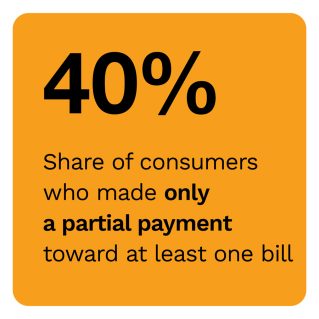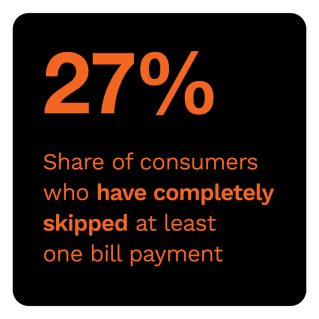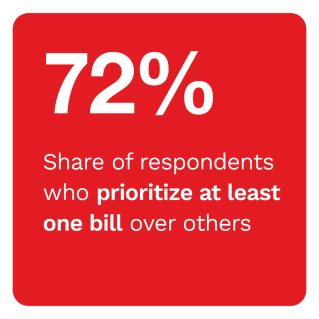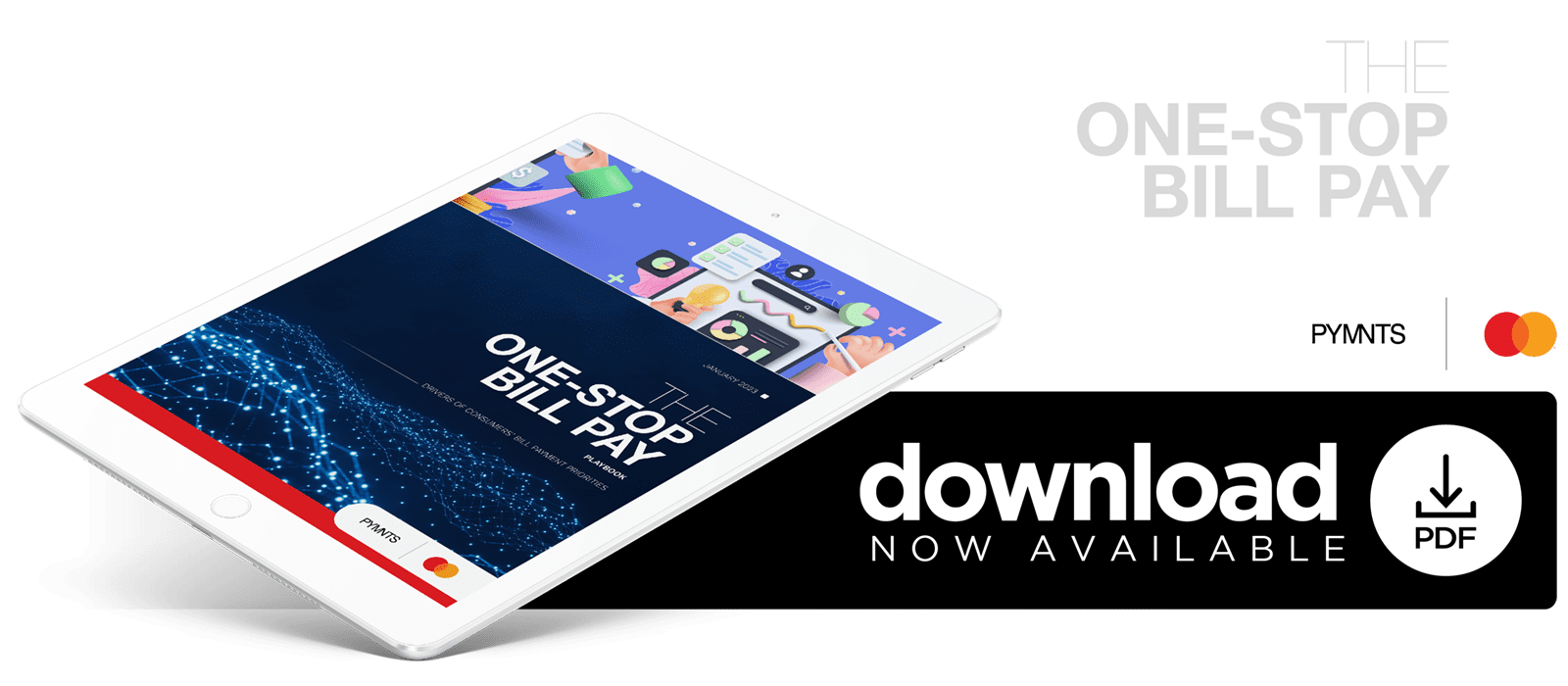How Consumers Decide Which Bills Get Paid and Which Bills Get Skipped
When times get tough, overstretched consumers must sometimes make hard decisions about which bills to pay first — and which ones to leave unpaid. Although it is well known that the importance of affected services is a critical differentiator in this decision-making process, another factor has a significant impact: friction in the bill payment process. 
PYMNTS’ latest consumer research shows that 14% of bill-payers prioritize payments to billers that offer lower-friction payment experiences. This distinction can be critical when the pool of these consumers is large, and PYMNTS’ data shows that 40% of consumers made only a partial payment toward at least one bill in the last 12 months. Worse, 27% completely skipped at least one bill payment.
These are some of the key findings from “The One-Stop Bill Pay Playbook: Drivers of Consumers’ Bill Payment Priorities,” a collaboration with Mastercard. For this edition, PYMNTS surveyed 2,140 bill-paying consumers to examine how they manage bills when their budgets are tight.
 • Large shares of bill-payers made partial payments or skipped bills in the last year.
• Large shares of bill-payers made partial payments or skipped bills in the last year.
In the previous 12 months, 40% of consumers made just partial payments on at least one bill, with 27% entirely skipping at least one payment. Millennials and members of Generation Z were the most likely to make partial payments or miss payments, whereas older age groups and those not living paycheck to paycheck were least likely to do so.
• Utilities and insurance bills are the top priorities when consumers cannot meet all obligations.
When consumers face financial difficulties, they prioritize paying for essential services such as utilities and insurance, with 72% and 69% saying they would pay these bills in full, respectively. Streaming and digital media subscriptions are lower priority, with just 17% saying they would pay these bills in full.
• The ease of making payments substantially impacts whether bill-payers prioritize a given bill.
Seventy-two percent of consumers cited essential services as a key reason for prioritizing one bill over another. Meanwhile, 14% identified the ease of making payments as a key factor in the decision-making process, particularly among the valuable millennial segment, with 23% prioritizing bills with the least friction.
This playbook examines how cash-strapped consumers decide which bills to prioritize and provides insights on how billers can reduce skipped and partial bill payments.
To learn more about how consumers manage bills when their budgets are tight, download the report.


